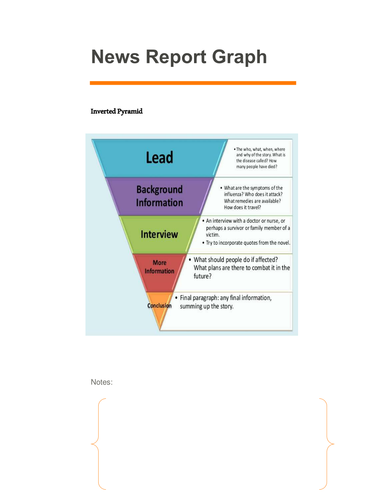

This worksheet should be used as a practice learning tool after teaching how to analyze a poem, the purpose of figurative language, and be able to locate and explain the function of rhetorical devices. Students should understand paradox, anaphora, antithesis, euphemism ( advanced level), POV, purpose and audience.
Learning strands:
Analysing Texts
1.6 analyse texts in terms of the information, ideas, issues, or themes they explore, examining how
various aspects of the texts contribute to the presentation or development of these elements (e.g.,
determine whether repeated sounds, words, or phrases in a poem reinforce its theme; determine how a
story might change if it were narrated by one of the other characters in the story; determine how
altering the punctuation could affect the message of an advertisement)
Elements of Style
2.3 identify several different elements of style in texts and explain how they help communicate
meaning and enhance the effectiveness of the text (e.g., evocative language may be used to create a
particular mood in a novel; incongruous words and phrases may be used to create a humorous effect
in a short story; a repeated phrase in a song lyric helps to emphasize the theme; the use of words
with several connotations can add extra levels of meaning in a poem; alliteration in a magazine or
online advertising slogan can help make readers remember the slogan – and the product)
Teacher prompt: “What is the effect or mood created by this passage? What words contribute to that
effect? Would the effect be enhanced or diminished if different words were used?”
Learning strands:
Analysing Texts
1.6 analyse texts in terms of the information, ideas, issues, or themes they explore, examining how
various aspects of the texts contribute to the presentation or development of these elements (e.g.,
determine whether repeated sounds, words, or phrases in a poem reinforce its theme; determine how a
story might change if it were narrated by one of the other characters in the story; determine how
altering the punctuation could affect the message of an advertisement)
Elements of Style
2.3 identify several different elements of style in texts and explain how they help communicate
meaning and enhance the effectiveness of the text (e.g., evocative language may be used to create a
particular mood in a novel; incongruous words and phrases may be used to create a humorous effect
in a short story; a repeated phrase in a song lyric helps to emphasize the theme; the use of words
with several connotations can add extra levels of meaning in a poem; alliteration in a magazine or
online advertising slogan can help make readers remember the slogan – and the product)
Teacher prompt: “What is the effect or mood created by this passage? What words contribute to that
effect? Would the effect be enhanced or diminished if different words were used?”
Something went wrong, please try again later.
This resource hasn't been reviewed yet
To ensure quality for our reviews, only customers who have purchased this resource can review it
Report this resourceto let us know if it violates our terms and conditions.
Our customer service team will review your report and will be in touch.
$2.00